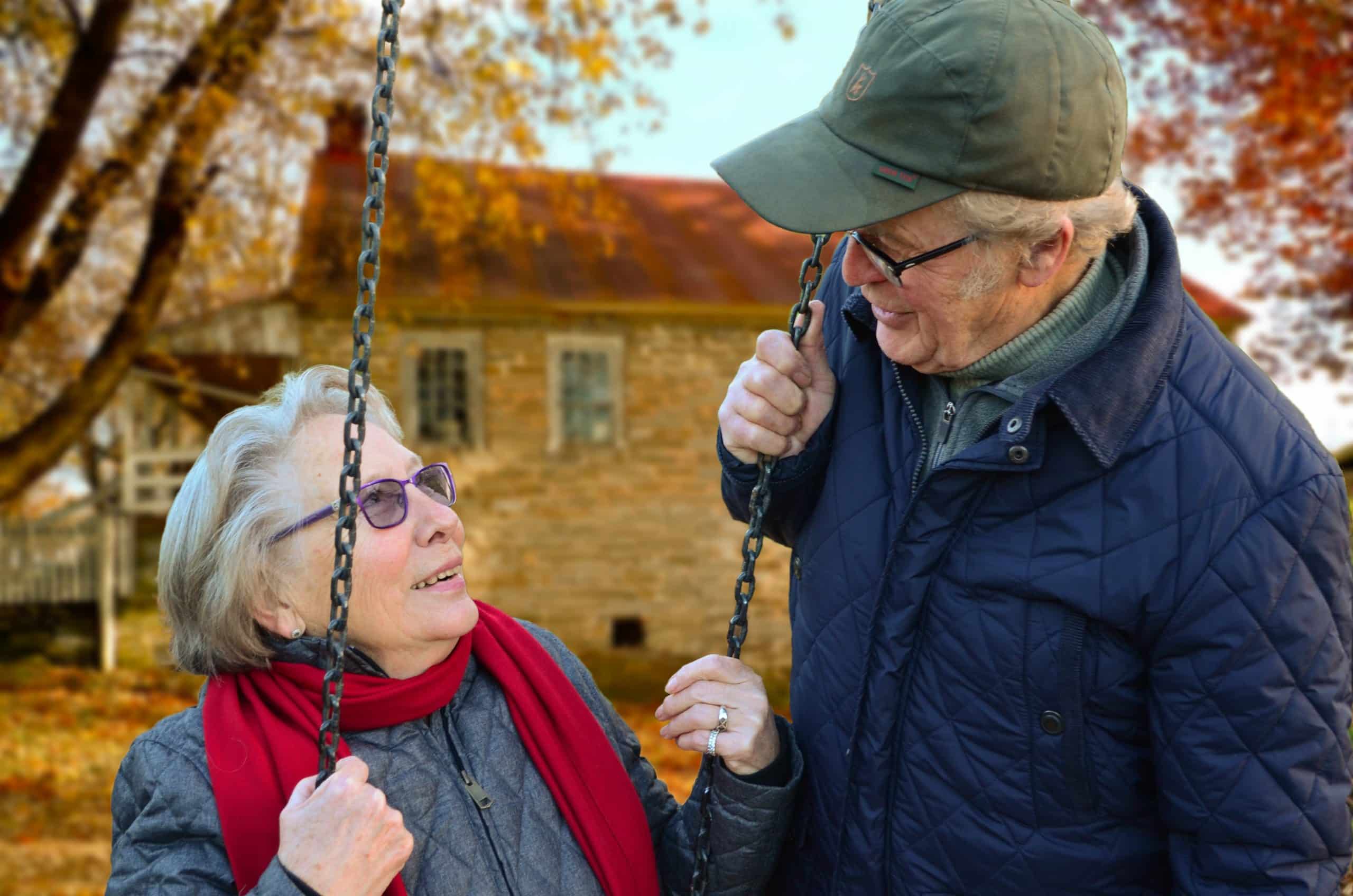HMRC have won their case at the Court of Appeal (CoA) concerning the valuation of leasehold interests in care homes. The taxpayer had purchased care homes and operated them as a sole trader. After successfully operating the businesses for some time she then decided to incorporate the businesses and arranged to transfer the businesses to the newly established companies. The taxpayer retained a freehold interest in the properties.
When this transfer was occurred, she also granted 5-year leases to the new companies, for no premium, with rent payable at a market rate with no rent review during the lease term. She considered that the leases had no value as the passing rent was a market rent. HMRC disagreed, contending that the leases did have a value and that this value could be obtained using normal valuation methods. Once a value had been ascribed to the leasehold interests, then the amount of goodwill on the transfer of the businesses to the new companies would be reduced and SDLT could be charged on the grant of the 5-year leases. Where the value of the leases should be included within the goodwill then the beneficial treatment of goodwill under Entrepreneurs’ Relief (as it was then known) would benefit the taxpayer as capital gains tax would be charged at the lower rates where qualifying.
The Upper Land Tribunal (UT) found that due the valuation method used, that there was no value in the leases. The valuation method was one approved by Royal Institute of Charter Surveyor and is known as the Profits Method and is applicable for use when valuing trade related properties, such as pubs and restaurants and care homes. When determining the value of an interest in a trade related property, the valuation method requires the valuer to consider what a reasonable efficient operator of the relevant business would pay to acquire the land interest. To do this, the valuation method requires consideration of the maintainable turnover, and operating profits, less any actual rent payable. This amount is then capitalised taking account of the term of the lease and inherent risk. The valuer is required to consider whether goodwill and business operations would transfer. The UT held that since this included goodwill that the leases couldn’t be separated from the goodwill of the businesses transferred.
HMRC disagreed with the UT and appealed to the CoA. The CoA agreed with HMRC finding that certain goodwill transfers automatically with the land interest. While it is generally not a good idea to divide and disaggregate goodwill, this was a case where it was appropriate. The leasehold interests could have been purchased by someone on the open market and they would have been willing to pay that price as some goodwill was intrinsically linked to the actual property, irrespective of whether a business transferred with it. The CoA held that it is correct that the property value has some goodwill ascribed to it as an open market participant would be willing to pay for it and that was one of the purposes of the Profits Method of valuation.
The taxpayer will now have to pay SDLT on the transfer as it was to a connected party and pay capital gains on the disposal of non-business-related assets at the higher rates.
The decision can be found at: The Commissioners for HMRC v Zyrieda Denning & Ors. – Find case law (nationalarchives.gov.uk)
Please contact us if you have any questions on Stamp Duty Land Tax or Capital Gains Tax, in particular with Business Asset Disposal Relief. This is a valuable relief and should utilised where qualifying disposals are made.



